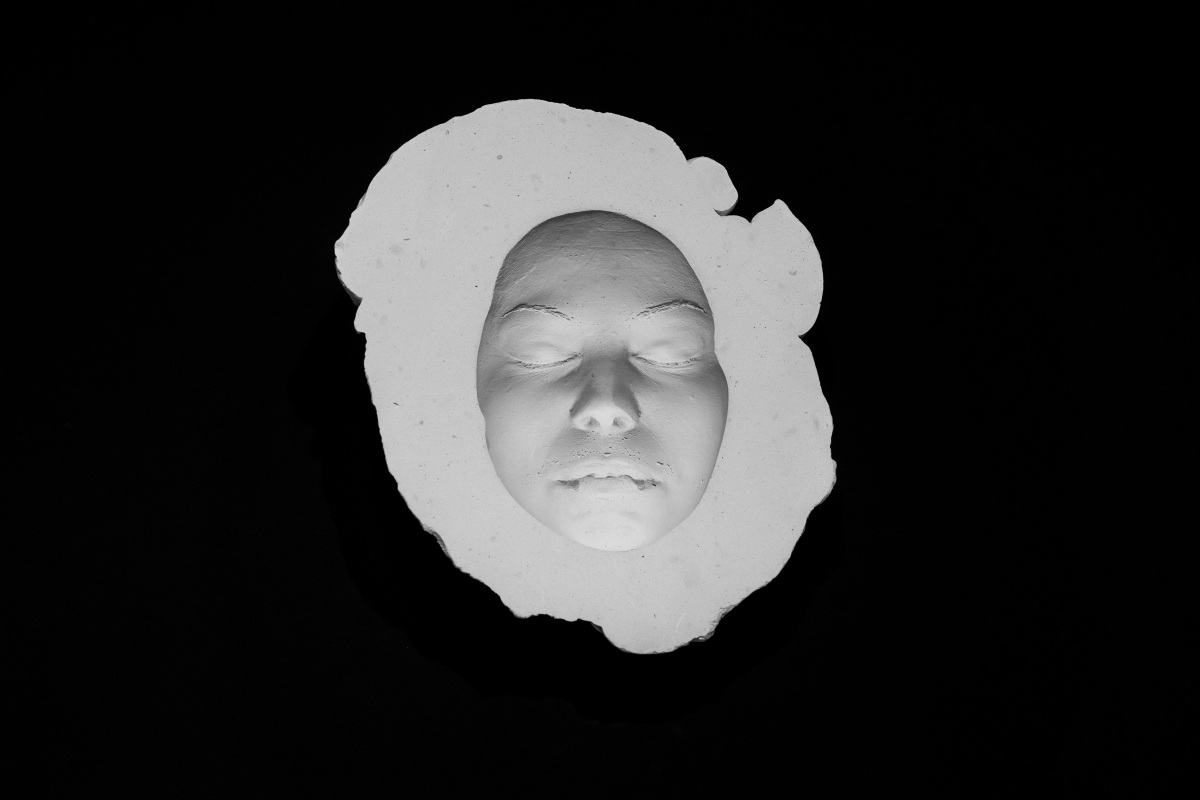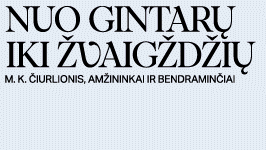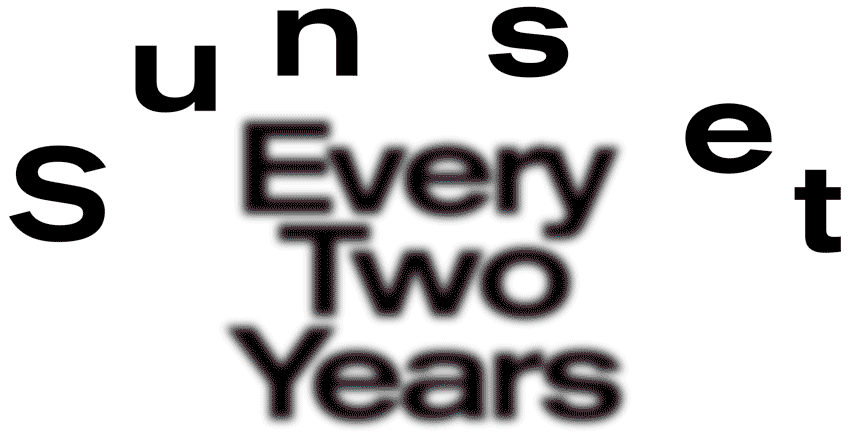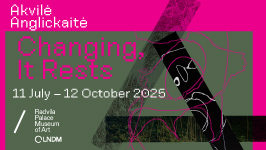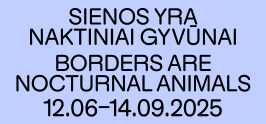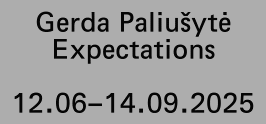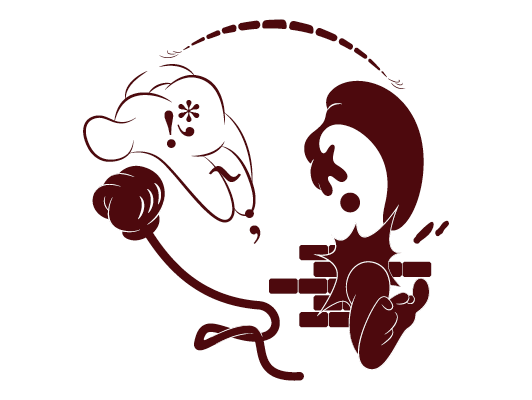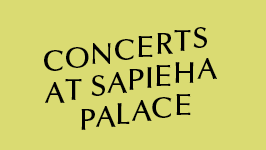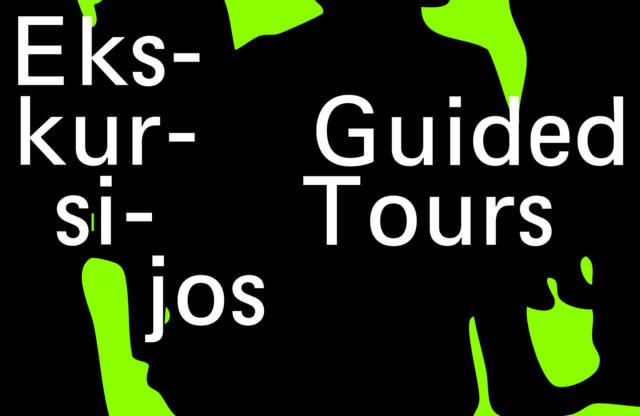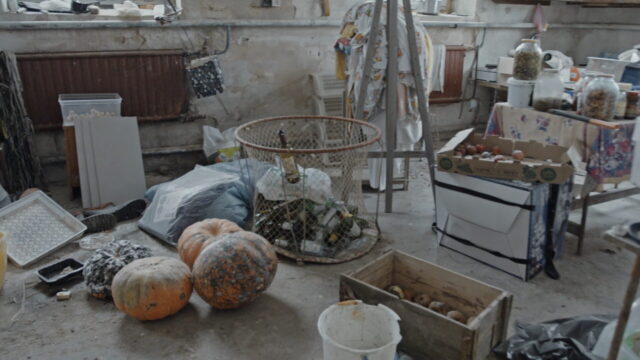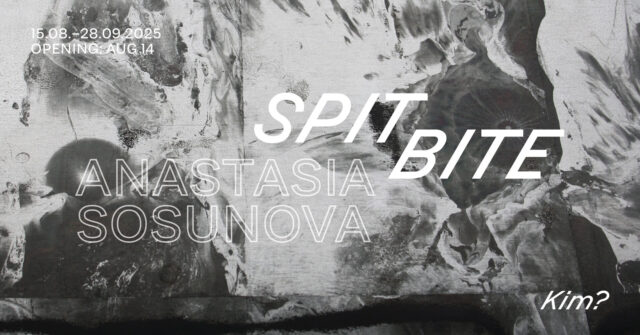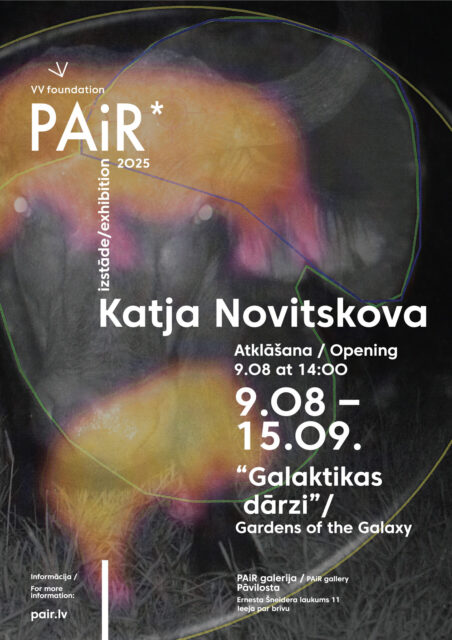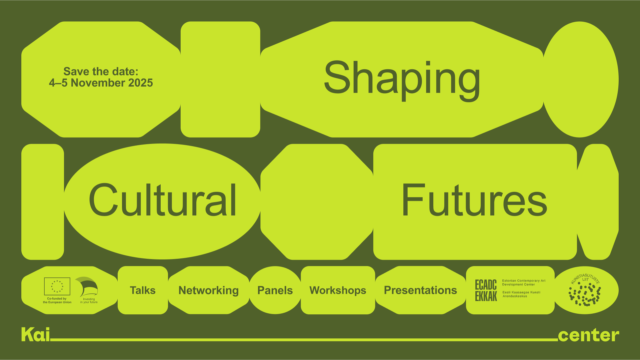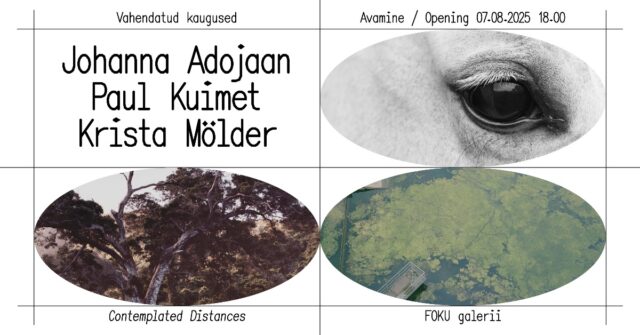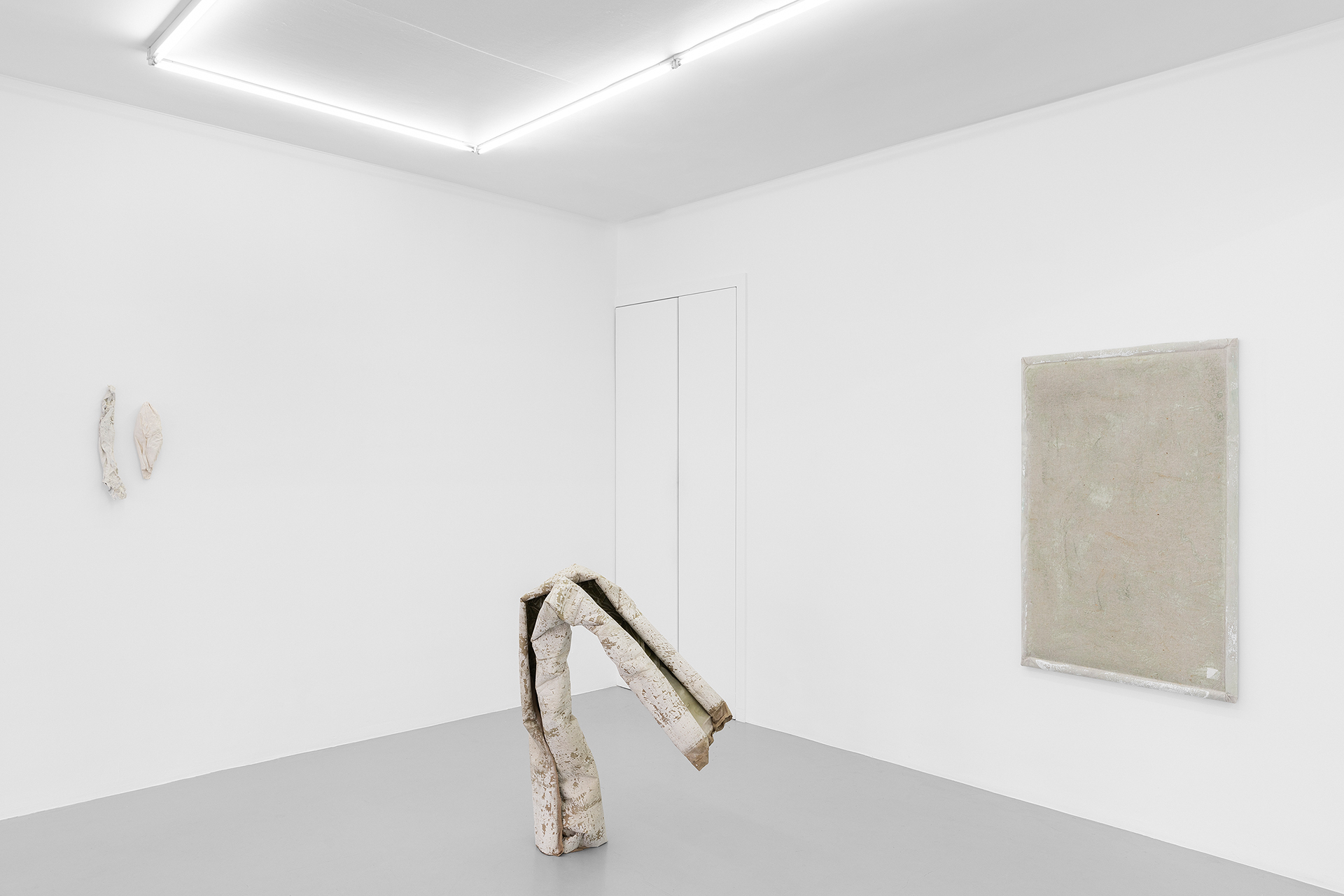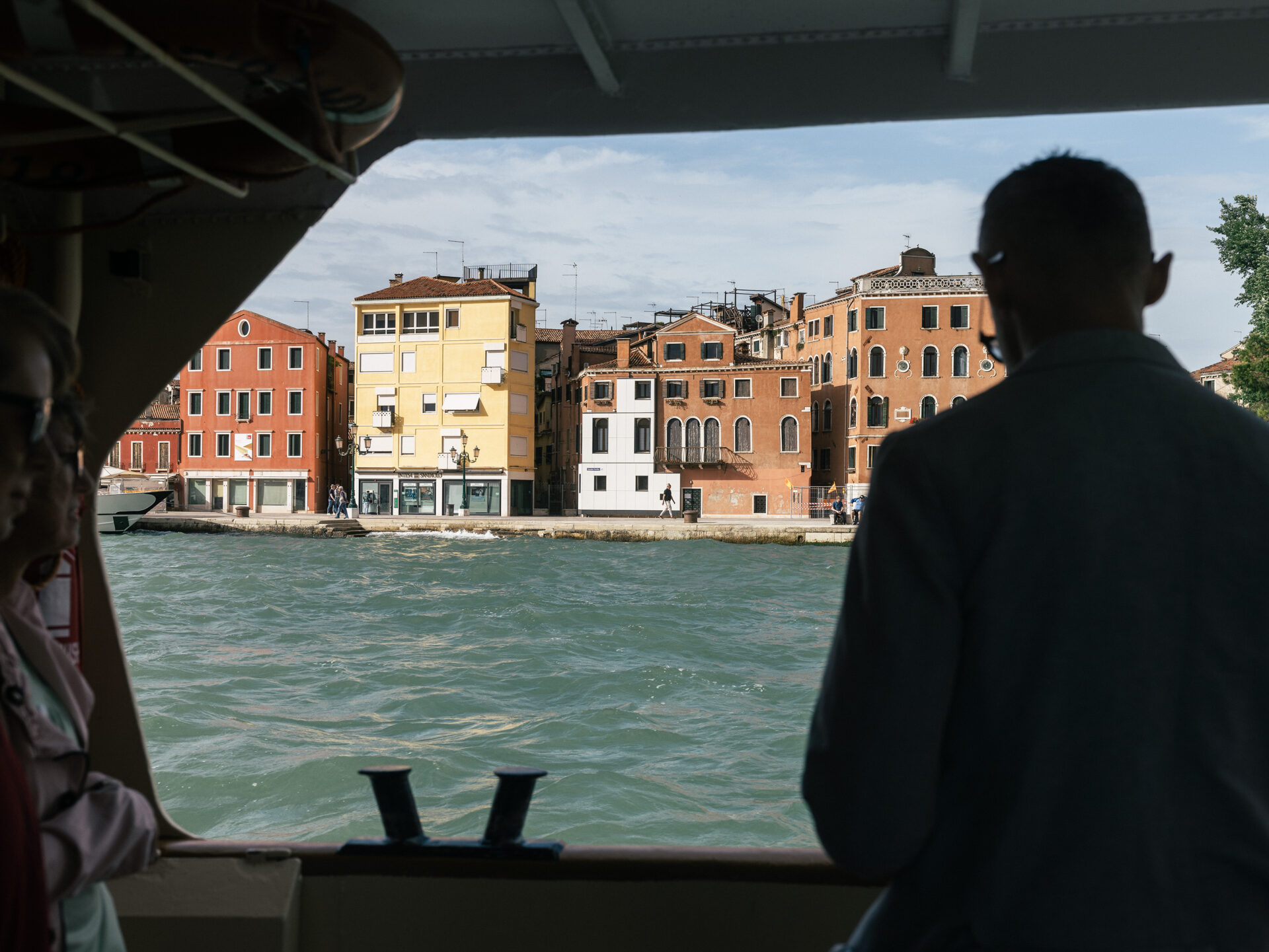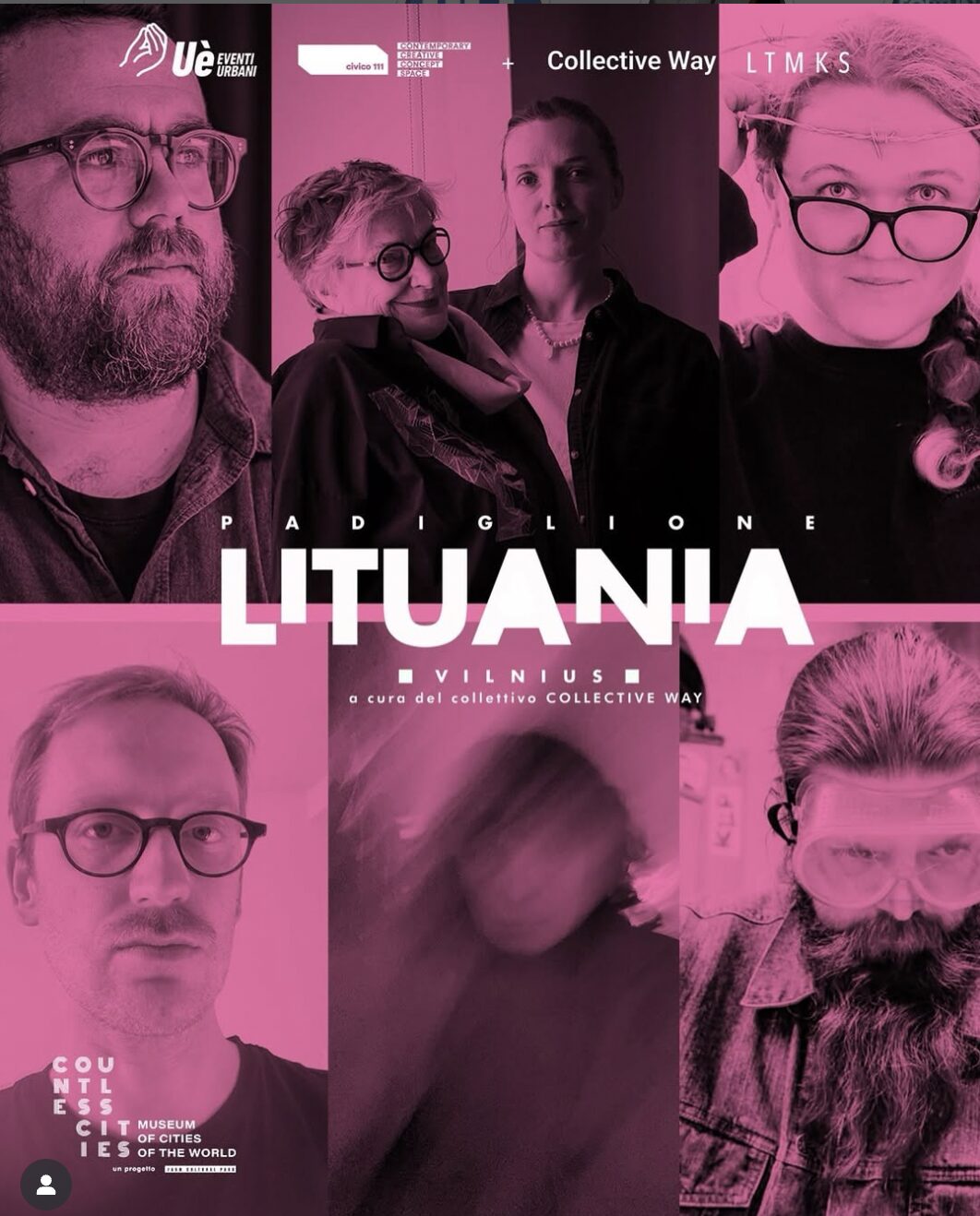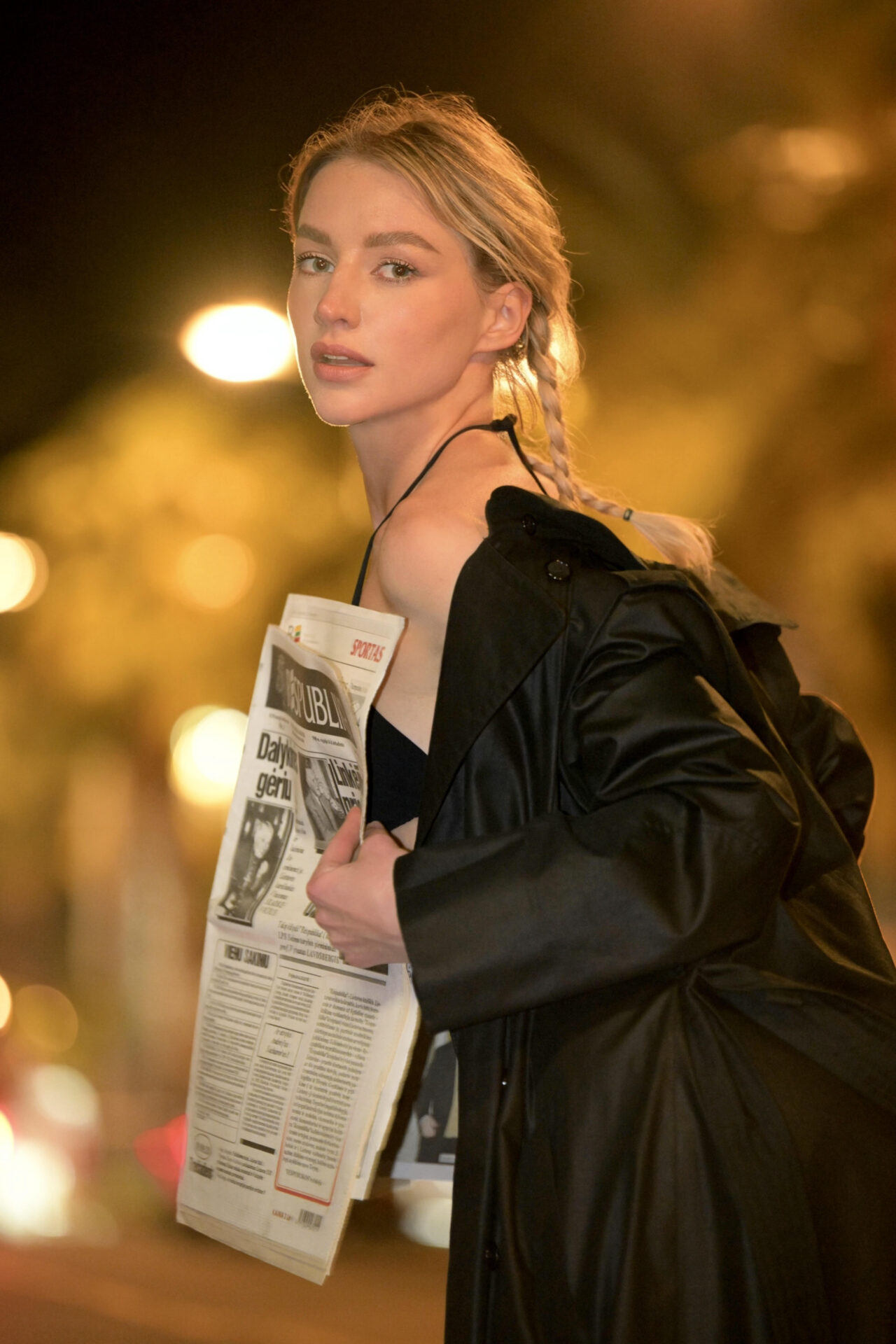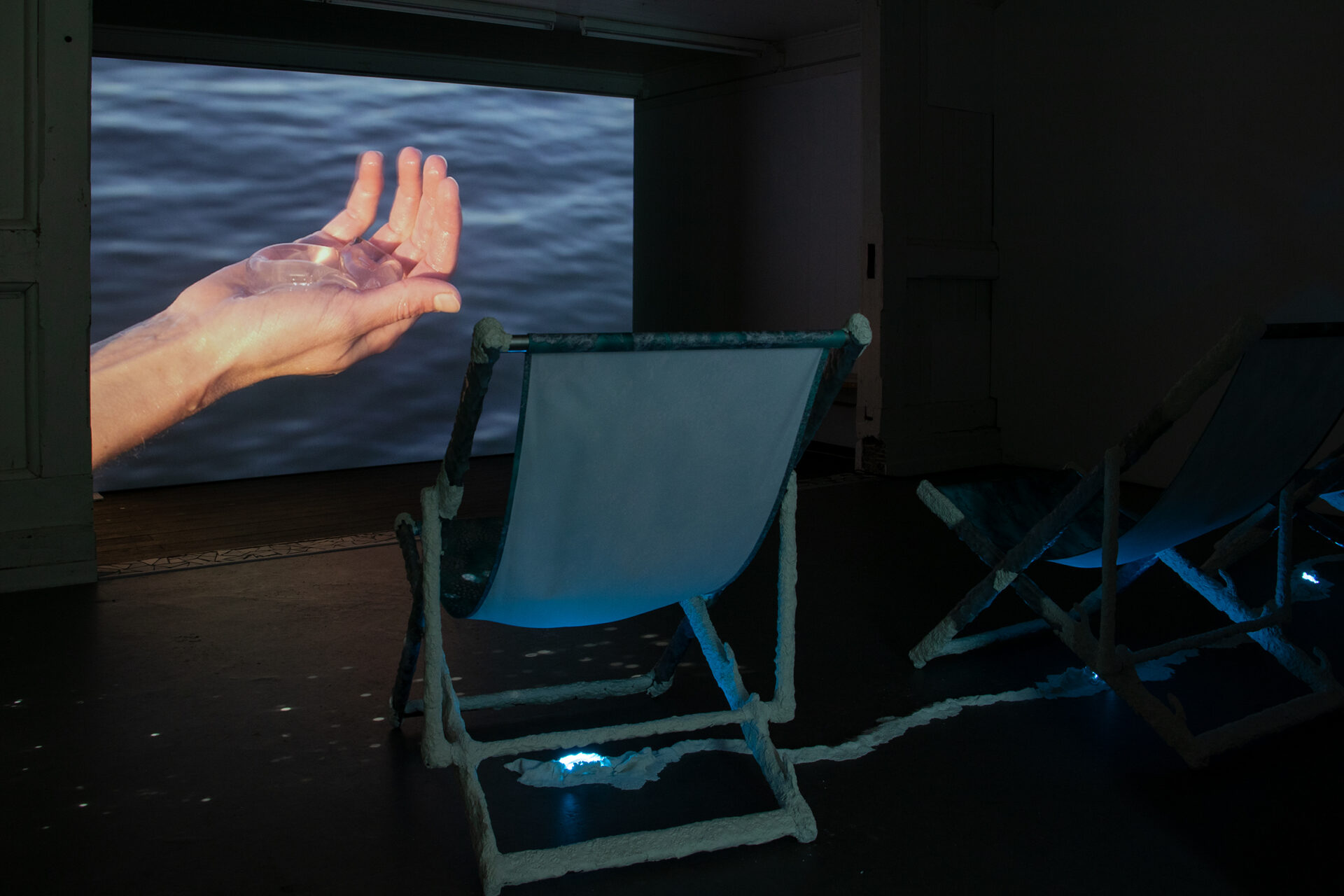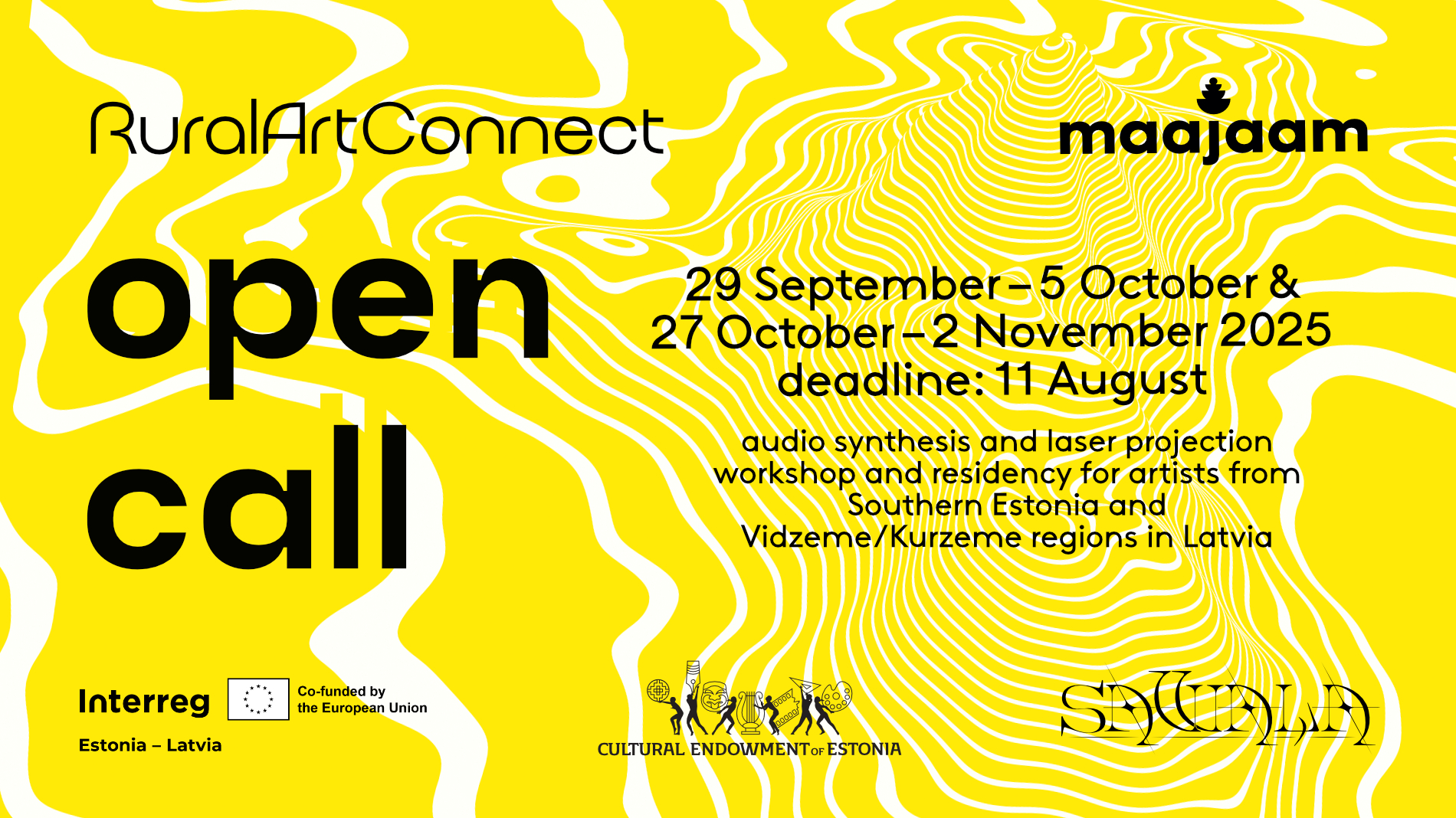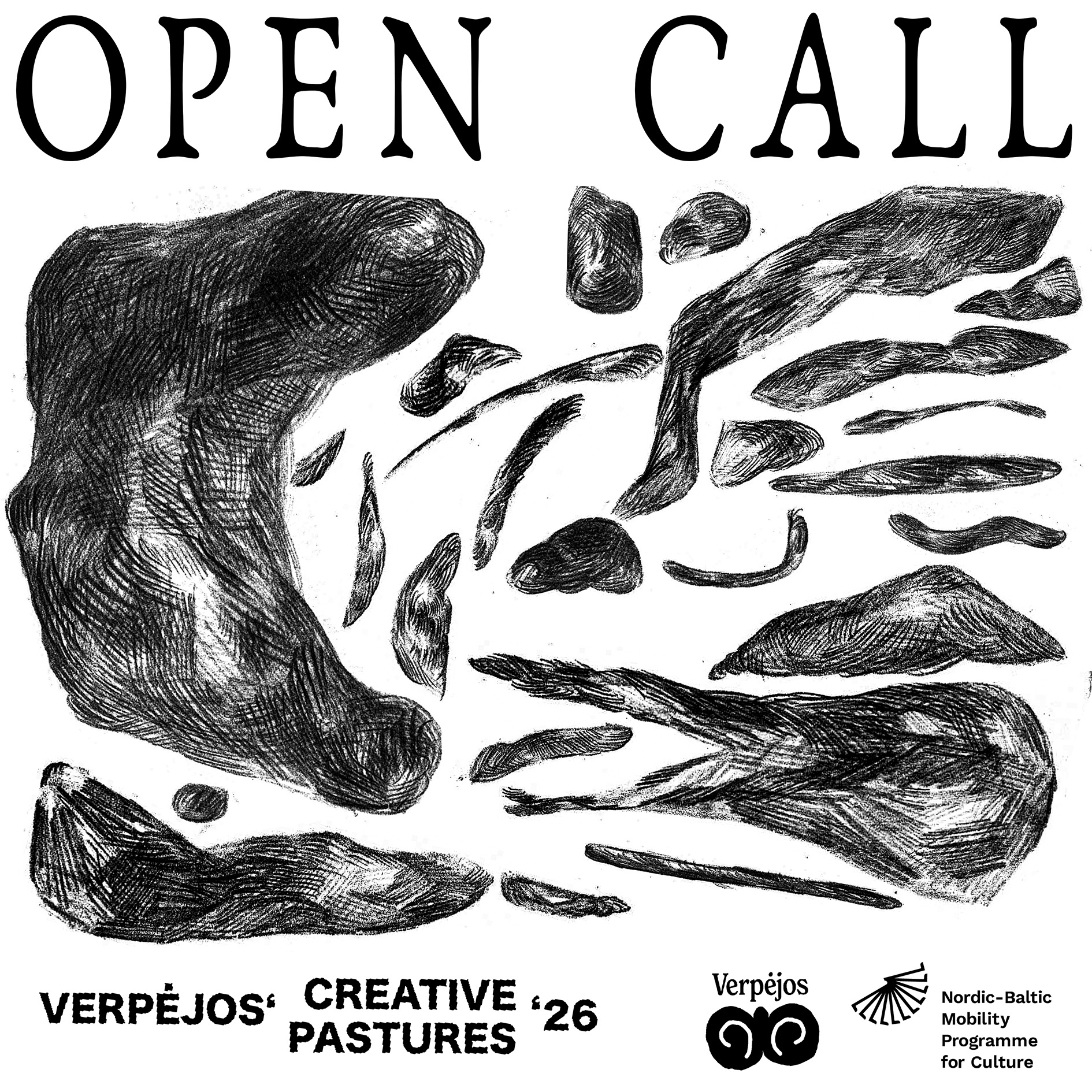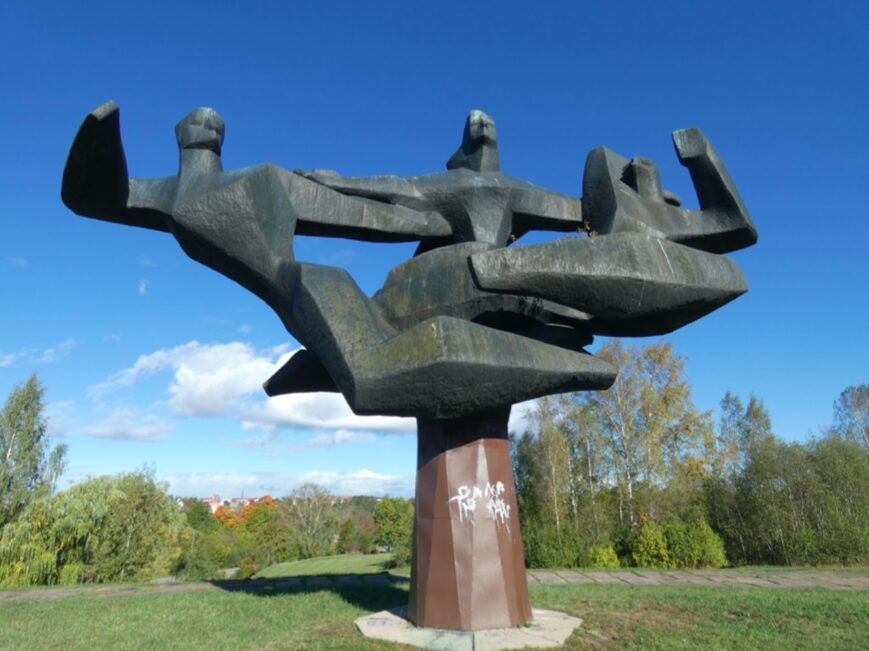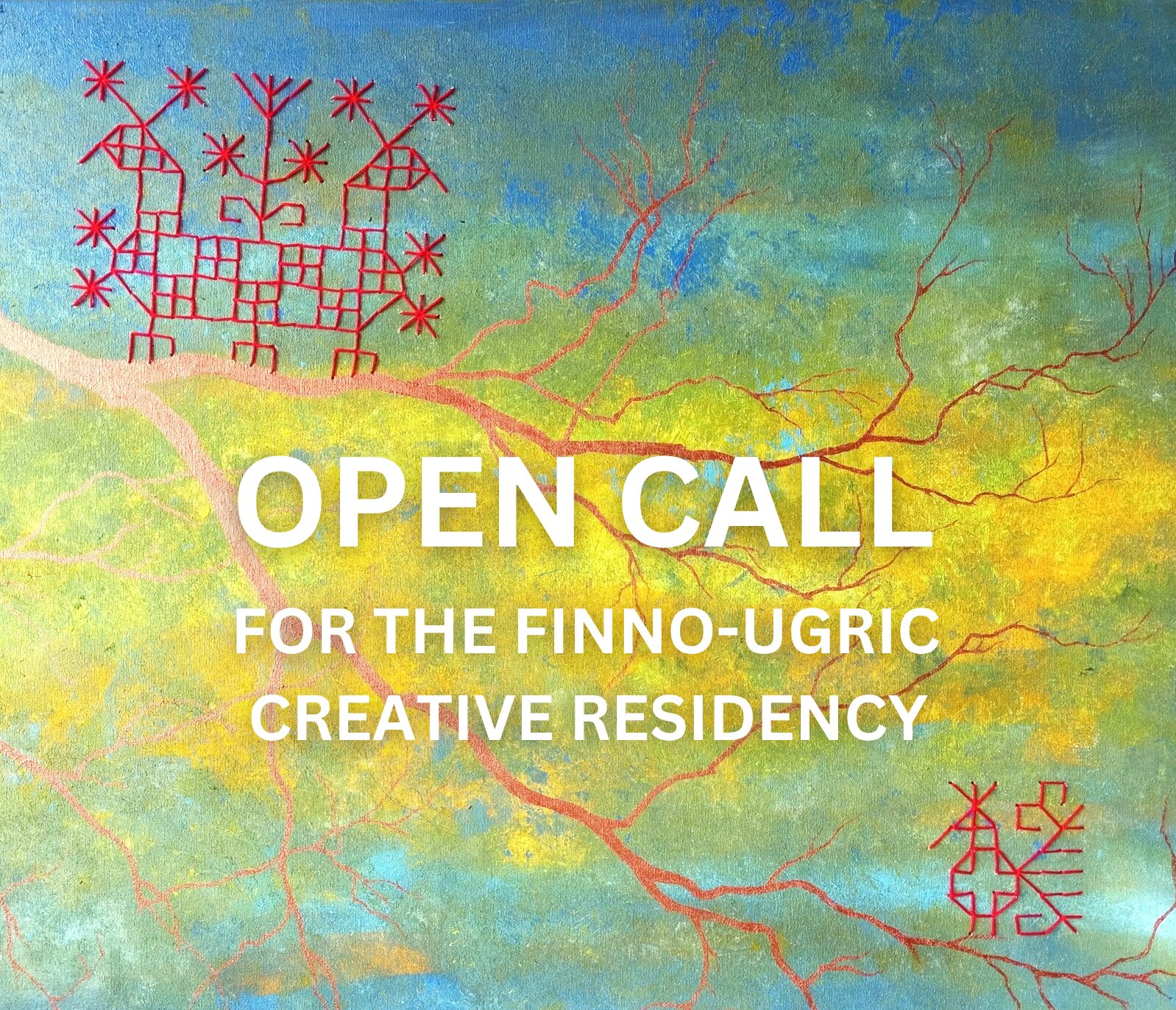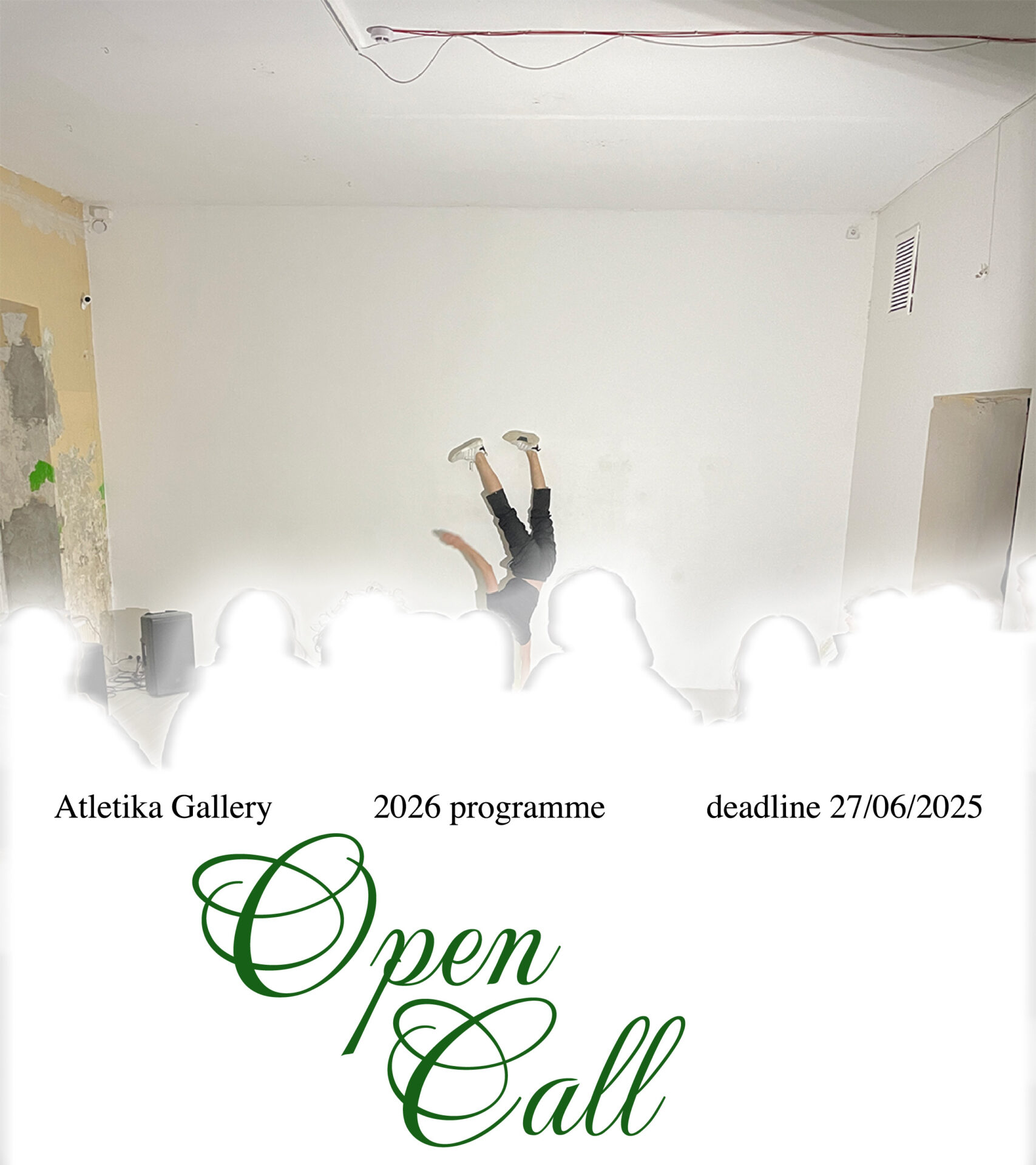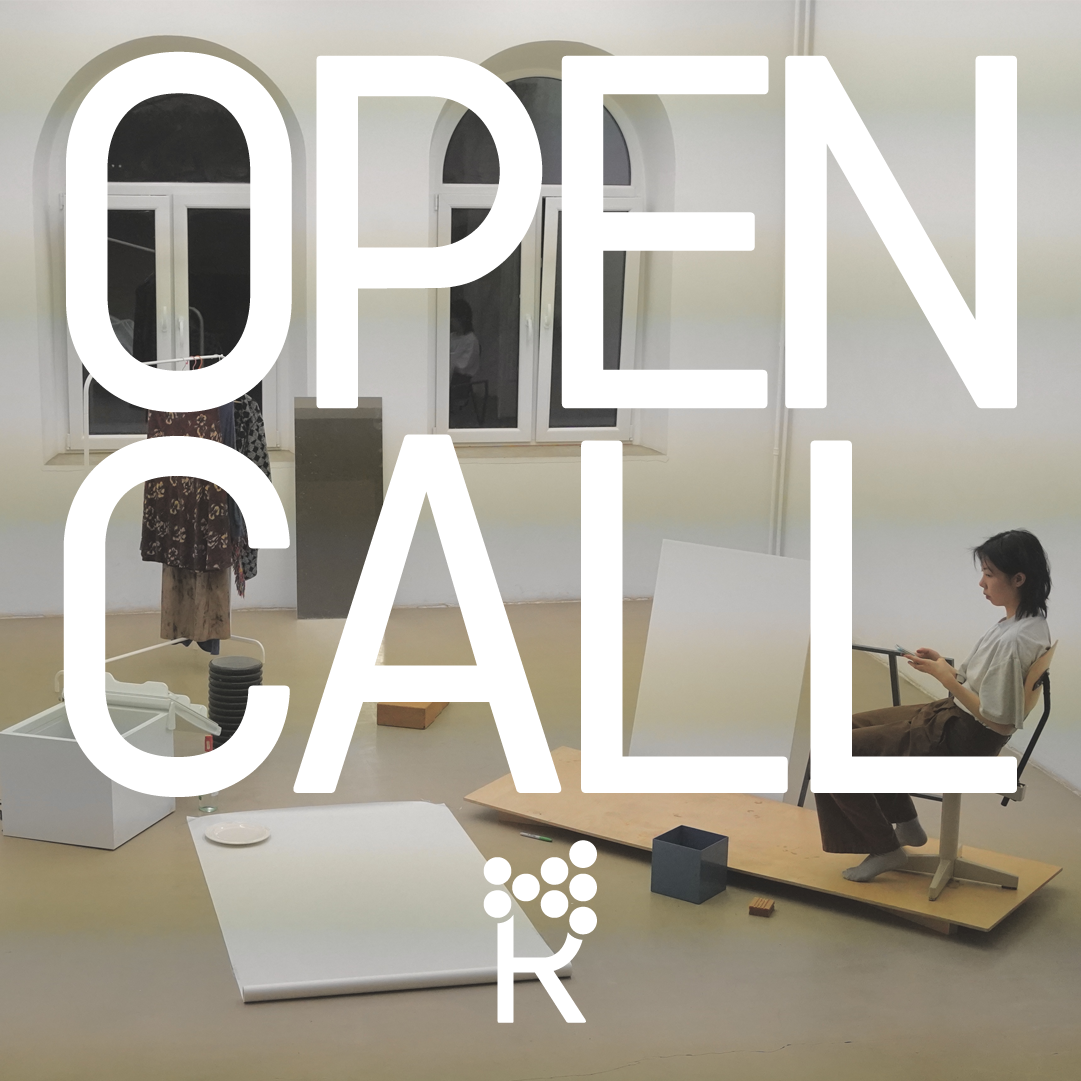As I lay under wet, heavy plaster, a scene in which I took part just minutes ago—a brightly-lit studio in Long Island City, friends sitting around a table, chatting, and drinking red wine from red-and-white plastic cups that imprint overlapping drip circles on the white table—recedes into the past, a middle-distance of twenty-five years. Dusty end of summer in Vilnius, 1996. The city is empty, as some have left for the countryside, and some went one way, to New York and other foreign destinations. My own ticket was to arrive shortly, to be collected at the US Embassy, subsequently to become a destination for numerous visits, emptying the gut for a visa. Žilvinas Kempinas, a young up-and-coming artist, full of energy of his own beginnings, and buoyed by a generational surge of the ending of an era and the empire that spit us out of its grip, is making plaster casts of the faces of the art world denizens for the exhibition Fossils to be held at the Jutempus Art Center. In its past perfect iteration, this project provides a premise for the current casting, in anticipation of its future perfect tense to be presented at the MO museum in Vilnius in 2023. As plaster hardens on my face, the gap between “before” and “after” opens up. As Gertrude Stein has said, “There is singularily nothing that makes a difference a difference in beginning and in the middle and in ending except that each generation has something different at which they are all looking.”[1] The beginning was brief and exciting—the Independence, liberty, possibilities, emerging new art, and yearnings of our young bodies, palpable under drab second-hand clothes from Europe masquerading our recent past and separating us from it. No one has ever written a bank check, and few have sent or received e-mails. Our faces balooning in plaster, their convex surfaces uncreased, airy and light—we are about to take off. Our self-images are decidedly analog—masks holding negatives of the faces. iPhone is not yet in existence, and documentation of the process is shot on video tape, as snapshots are sent to the lab for processing—this can take days. Instant gratification is not available.
As my lungs suck the dry air in through a plastic straw, it connects, like an umbilical cord, the present casting to the preceding one. I am assured, in my feeling of futility, by Stein’s choppy explanation:
“It is very likely that nearly every one has been very nearly certain that something that is interesting is interesting them. Can they and do they. It is very interesting that nothing inside in them, that is when you consider the very long history of how every one ever acted or has felt, it is very interesting that nothing inside in them in all of them makes it connectedly different. By this I mean this. The only thing that is different from one time to another is what is seen and what is seen depends upon how everybody is doing everything.”[2]
Today, everybody is doing everything through image, selfie being the most ubiquitous of them all. Plaster is fine material for image-making, redolent of copies of the Classical Antiquity. Selfie in plaster is a contradiction in times. Time has folded onto itself.
I return to myself as Žil wrangles my mask off my face. I suddenly love the people in the room again as I did years ago, despite annoyances and lost touches accumulated over the years. My glycerin-slicked face is puffy and creased, scarred by wire and edged in cardboard, skin caked in white crust. Not fit for IG, I know that with my eyes closed. The plaster imprint is unaffected by cosmetic suffering of skin, as the mask becomes not me as soon as it is lifted. The mind remains calm through this separation, quieted by the time that stopped under the cast, leaving a feeble taste of the beyond in my mouth. The body is slightly euphoric, able to breathe again.
Masks have always served magic, anonymity, and transformation. This magic function became the domain of theater, in Ancient Greece, Japan, and the streets of Venice. How mundane our pandemic masks, their flimsy affinity with transformative hard-shells to guard against death performed not magically, but by hindering airflow. The making of masks in Portraits-Fossils is a theater of form, surrounded by a reality theater. The actors in this long-duration play slip back into their roles as soon as they find each other on the social stage of studio visits and gallery openings, doubling as spectators of their own act. Žil invites a support group of friends to hang around his studio during the casting session, to carry on with conversations of their own, rehashing old stories always ready to incite new disagreements in a familial way. Every ritual has its attendants—Leila, visiting from London, takes on that role, ostensibly supporting the subject being cast, in fact transporting her into another time-space, conjured up here and now between us as it had occurred in our castaway past.
Over the next few days, the distance in time returns, aided by photo and video documentation filling my in-box, more deliberately than post-party photo sharing would, suggesting perhaps a coda to a script. Žil has recorded the proceedings from a vantage point of a camera strapped to his torso at Solar Plexus for the duration of the casting process, in full view over his shirt, and yet easy to not notice. This positioning of a camera may be utilitarian—to be out of the way, and leave the hands free to do their work; or there may be more to it. Hindu and Buddhist texts and Tantric practices indicate certain areas on the body as Chakras—activation points between physical body, or mass, and “subtle body,” or energy. Solar Plexus, or Manipura Chakra denotes the intermediate stage of self-discovery, as well as self-confidence and action. The outside view attained through Žil’s camera allows me another perspective—that of the maker. I see the process outside of me not so much through his eyes, but rather through his actions—as I lay in the dark under wet plaster, I see it from above being shaped like a mud pie, two clips inserted in place of the eyes for future hanging. I see it being lifted off my face, and carefully placed on the platform next to me. I hear Žil’s voice, talking to the camera, assuring it that all is well—throughout the casting, he anesthetically describes his actions, like a dentist during an unpleasant procedure. As I hear his recorded voice again, the scene and soundscape acquire another life in a video stream, a life that did not concern me when I was in it, turned off. Through imaging, the object dematerializes an experience of its making into something like art.
It may or may not be true that art object had dematerialized since the storied loss of the readymade by Marcel Duchamp—the loss that triggered a series of returns and remakes over the decades—lost in 1917, reacquired in 1950, and cast in 1964. Kempinas came up with an idea for Fossils at the end of times, in the post-1989 climate, and decided to restage this act in 2022—an uncertain moment of now, time receding into a mise-en-abyme of repetitions. He assures me of his interest in the process rather than portraiture or preservation. And yet, the likeness is captured in plaster, as well as on video, and in my memory, as long as it lasts. Existence of post-performance objects has often been precarious—due to uncertainty of storage in the nineties, for reasons both practical and conceptual, all casts have been distributed to the subjects of casting, and languished in their basements, garages, and living rooms for years, before getting lost on the way from a long-forgotten exhibition. A random three remain from the first casting due to a circumstance of not being included in the ghostly show—they have been rediscovered and presented as samples of natural selection in the exhibition The Origins of the Species at the MO museum in 2019. A new cast of actors and their castaway masks will enter another century in Fossils 2023 at the MO. This is not the end.
Žilvinas Kempinas. Portraits-Fossils 2023 at the MO Museum (Pylimo st. 17, Vilnius, Lithuania): more info
[1] Gertrude Stein, Composition as Explanation (Hogarth Press, 1926).
[2] Ibid.

Photo by Rytis Šeškaitis

Photo by Rytis Šeškaitis

Photo by Rytis Šeškaitis

Photo by Rytis Šeškaitis

Photo by Rytis Šeškaitis
